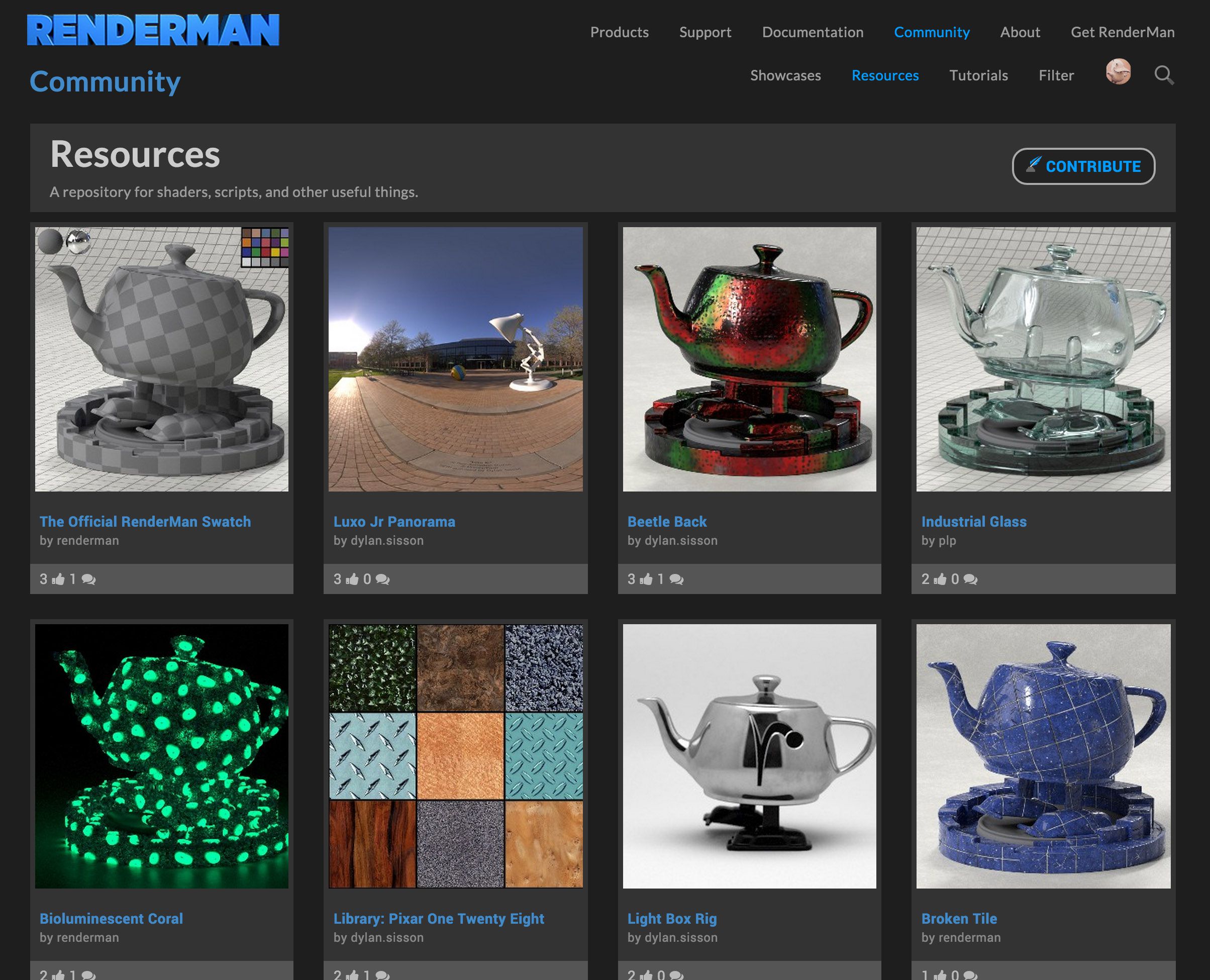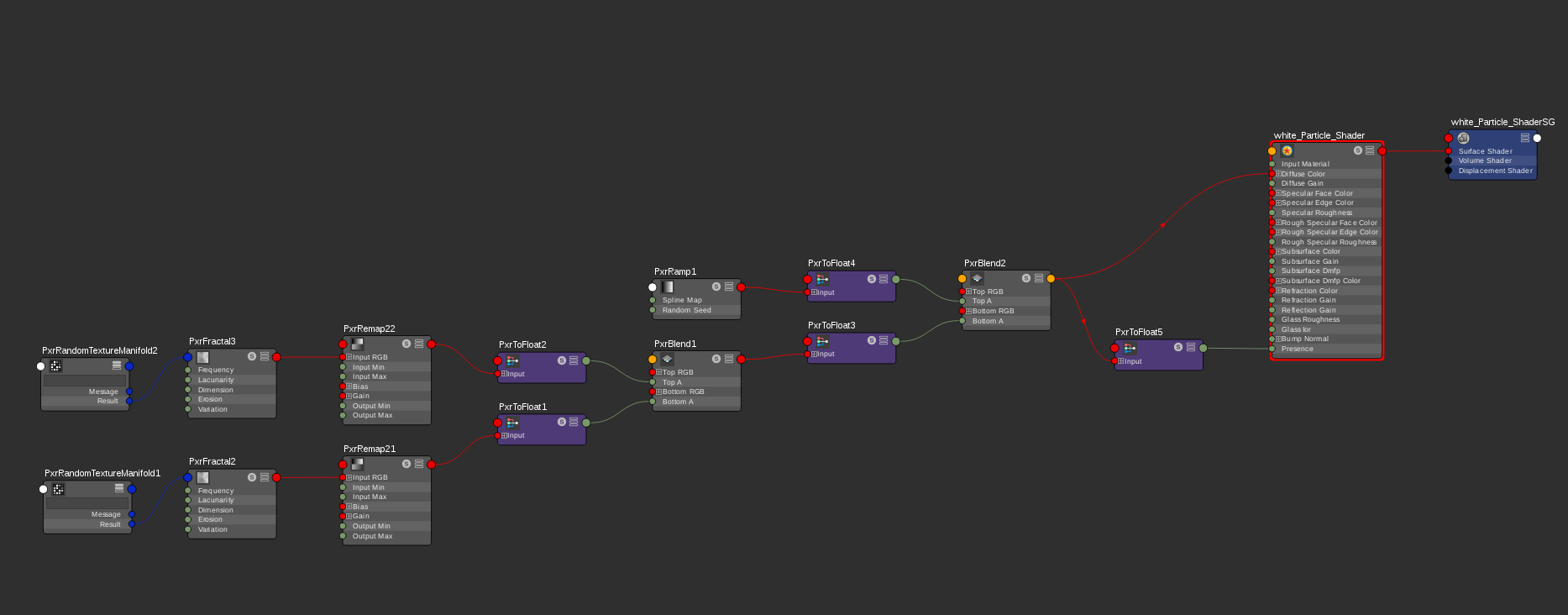

Sometimes the texture itself is referrd to as the UV map, but this can be misleading when technical issues need to be discussed. In this tutorial well create displacement and normal maps from a mesh in ZBrush, export the low poly version and render with Renderman 24 in Maya.Support us. A Color-Mapped Shader (Maya Versions 7.0 to 2011) by Wesley Howe. They are often illustrated as an image of a distorted 2D version of the mesh mesh in the texture space, and that is often superimposed on an image of the texture to be applied, as shown in the OP. These numbers guide the stretching of the texture over the mesh surface. It is simply a list of the coordinates of points in texture space that correspond to vertices and polygons* of the mesh geometry. Painting texture maps may happen where there's limited feedback as you paint them. Passing maps through utilities to aid in look development. It's just collada's way of indicating that this is a reference to somewhere else in the file.ĮTA: Some readers may be confused because it is often thought that a UV map is an image. A final normal map is added to create the illusion of surface details and shape without resorting to using displacement to actually change the shape of the tray. Note that the "#" is missing, which is why you have to omit it. If you search for these references without the "#", you should find for each a different section, which contains the actual UV map coordinate data. If there are instances with differences in this text, then you have more than one map. The quoted text after "source=" (here "# Cube-mesh-map-0") is a reference to the UV map. Each of these should be in a line something linke this.

But when ever I add the normal or bump map into the 'Bump Mapping' section my model just turns black. I then made a normal and a bump map version of the texture map (just to see what looked best). So I have a lambert shader on my model with a texture map assigned to it, which works fine.

You can find out whether your dae file has multiple maps by looking at it in a text editor and searching for all occurences of " TEXCOORD". Entire model turns black when I add a normal/bump map. This produces a bumped normal from a bump map (a scalar displacement map, so only the first channel is used for the displacement). This is a shading 'trick' where a supplied pattern can give the illusion of details. Figure 9.71 shows a cavity map used in the diffuse channel of a Maya Blinn shader. It might also be that there is only one, but the wrong one. Bump mapping is an inexpensive way to apply details to an object without modeling it or using displacement to change its shape. This will generate a texture map from the current masking. Enable Path Mapping: If enabled, path mapping will be performed on the contents of the. That is most likely to happen if the dae file carries multiple UV maps and the wrong one is chosen. If rendering a normal Maya job, select the Maya Render Job type. The UV map being used is not the one shown in your post, but one in which the whole UV area is occupied by the top of the stool. You have used Planar mapping instead of defualt mapping on the texture tab in SL. You have a single UV map in the dae file, and it's the one illustrated in your post, but you have adjusted the repeats and offsets of the texture in SL so that the whole of it appears instead of just the part that's supposed to be there.

† Displacement mapping has less of an impact on render time and memory usage if you are using micropolygon rendering with no raytracing (for example, no raytraced shadows).I can think of only three ways you could get the whole of the texture shown to show up on just the top surface of the stool. Can be baked from a high-resolution model or generated from a normal pass. Requires specialized texture painting tools. Can be baked by rendering a height pass in 3D applications. Larger impact with raytracing/PBR because renderer must generate displaced geometry.Įasy to manipulate in 2D apps, but can be hard to get desired result painting in 2D. Fixed Assign Material for StingrayPBS when using a mix maps. fixed UV selection when running UV mapping. Double click to display that UV set on obects. Slower in raytracing/PBR because it adds polygons †. UV sets Editor now single click to change UV. These maps are without any changes assigned to the corresponding properties of VrayMtl nodes. Small slowdown, requires multiple texture samples. From 3DCoat, I obtained 5 maps for each of the UV-sets: diffuse, glossiness, reflection, normal map and fresnelior. Zplugin Multi Map Exporter (which allows to export other types of maps in one go).
#Renderman tutorial normal maps maya uv mapped how to
The following table explains how to export both scalar and vector displacement maps. Potentially large memory usage for lots of small polygons †. 3Delight for Maya can render ZBrush displacements (both vector and scalar) using the standard displacementNode shader. Uses more memory for 16/32 bits to avoid banding. Memory used by the texture, ideally greyscale.


 0 kommentar(er)
0 kommentar(er)
